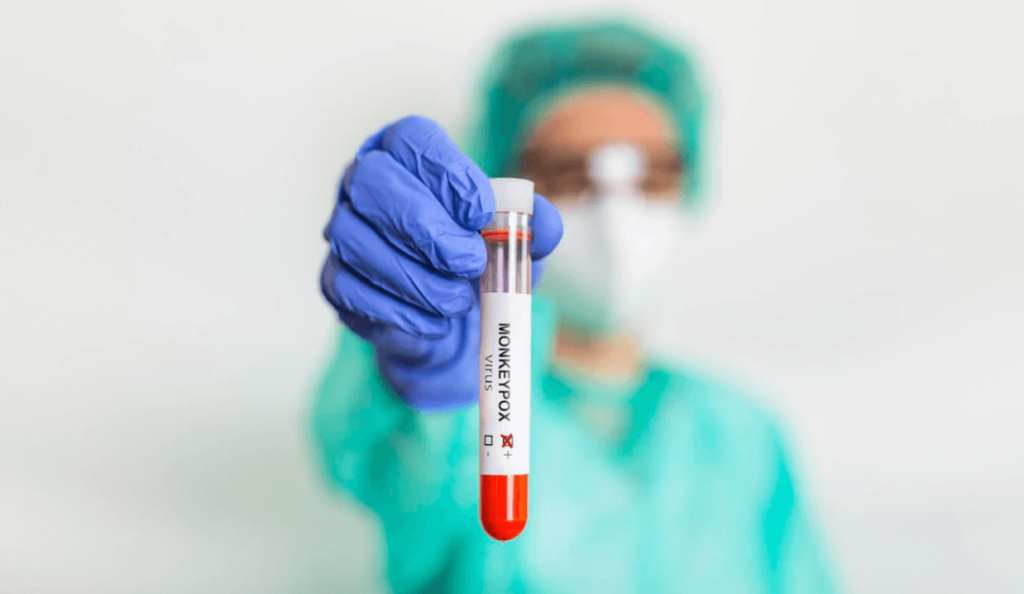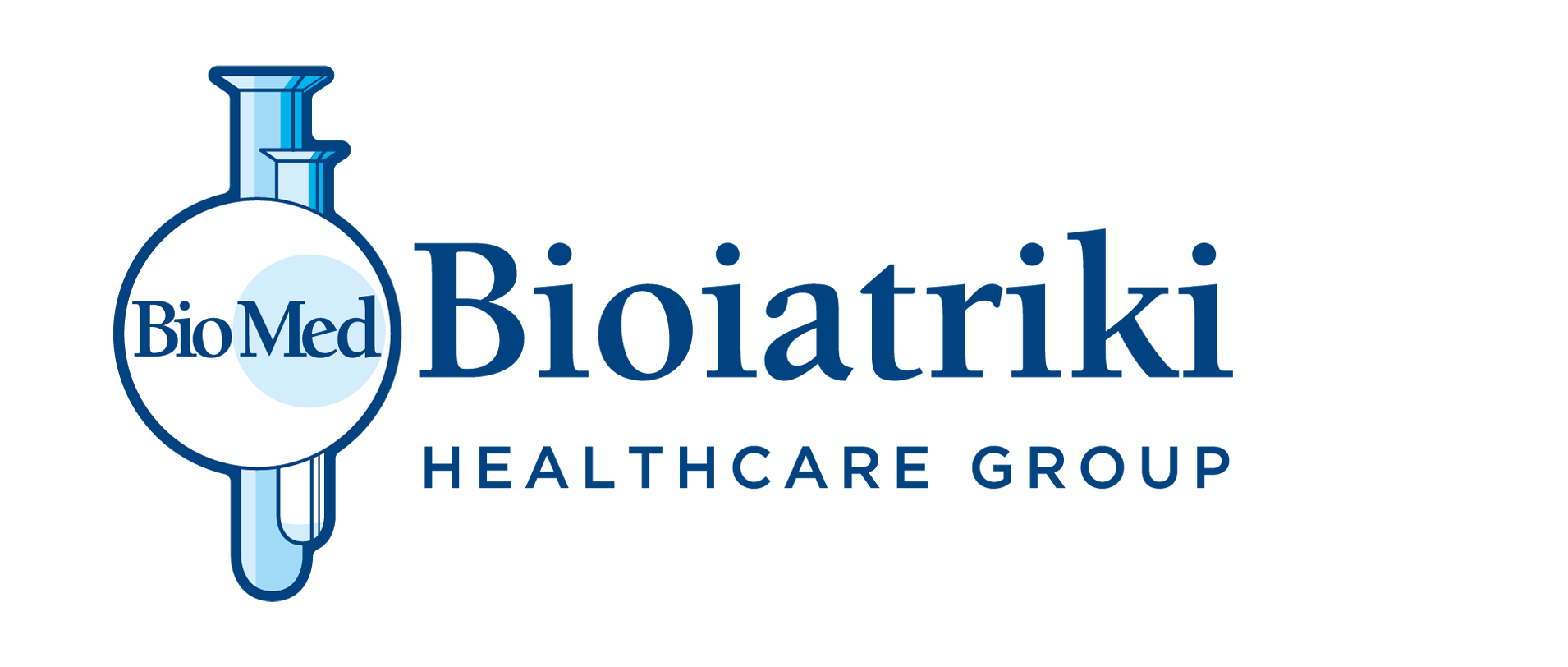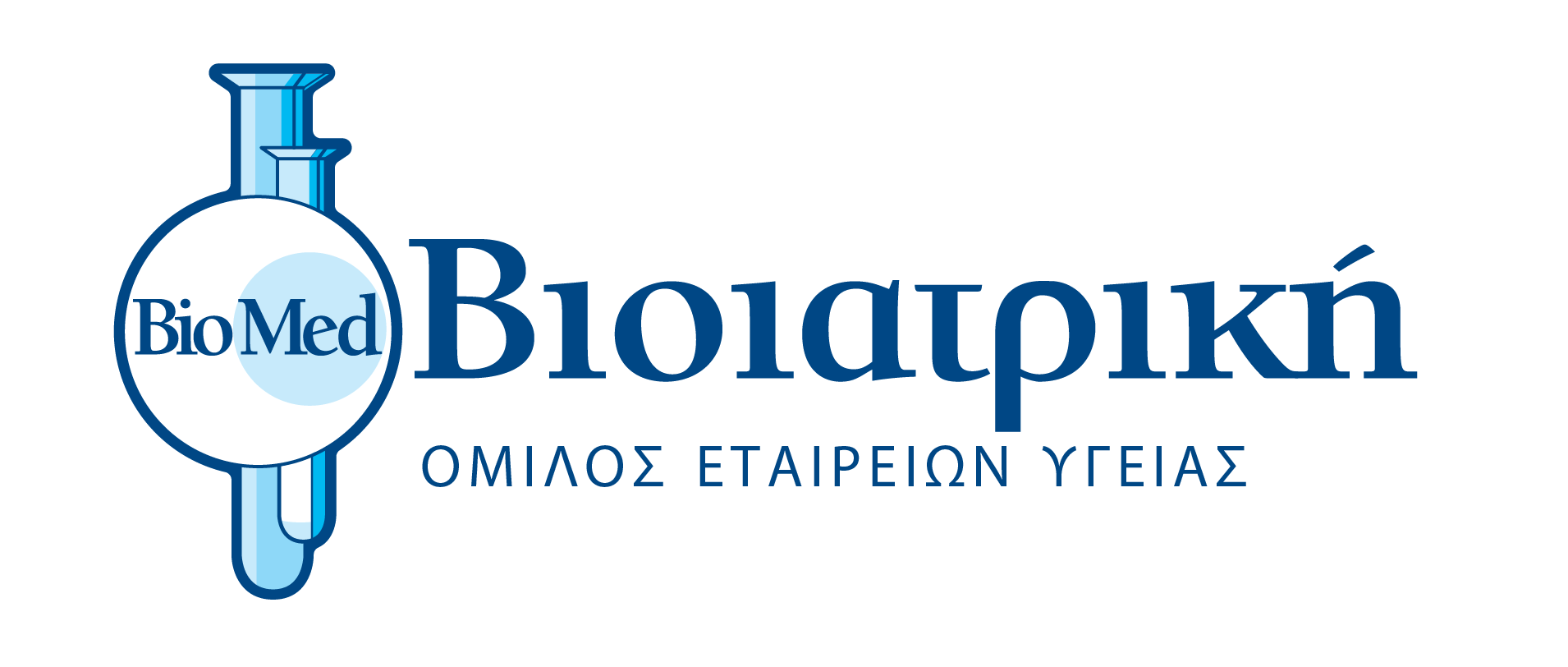
*by Dr. Vasiliki Ch. Pityrigka
Monkeypox is a viral zoonosis (i.e., a virus transmitted to humans from animals) with symptoms similar to those seen in the past in smallpox patients, although it is clinically less severe.
The infective agent of monkeypox is a virus that infects monkeys and belongs to the Orthopoxvirus genus of the Poxviridae family. There are two distinct genetic clades of the monkeypox virus: the central African (Congo Basin) clade and the west African clade.
The name monkeypox is due to the virus’ first identification in monkeys in a laboratory in Denmark in 1958. Human monkeypox was first identified in humans in 1970 in the Democratic Republic of the Congo in a child. Monkeypox is usually a self-limited disease, however, in some social groups of people such as children, pregnant women or immunosupressed individuals, the diseases can be severe. The west African strain appears to cause less severe disease in humans compared to the Congolese strain (case fatality rates of 3.6% and 10.6% respectively).
Transmission:
– Face-to-face (including healthcare professionals without appropriate Personal Protection Measures)
– Direct and close physical contact
– Contact with contaminated objects such as clothing or bedding
Transmission via droplet respiratory particles usually requires prolonged face-to-face contact and it is thus less common, whereas transmission through skin lesions or eruption seems to be the most likely way.
The incubation period (interval from infection to onset of symptoms) of monkeypox is usually from 7 to 14 days but can range from 5 to 21 days.
In humans, the symptoms of monkeypox are similar but milder than the symptoms of smallpox, which is now considered an extinct disease due to the effectiveness of vaccination.The infection starts with high fever, headache, muscle aches, lumbago, swollen lymph nodes, chills, and exhaustion. Usually, one to five days after the first symptoms appear, the characteristic rash appears in the form of spots that often start on the face before spreading to other parts of the body.During the infection, the rash quickly develops from pustules to fluid-filled blisters, which eventually form crusts that later fall off.
The rash tends to be more concentrated on the face, arms, and legs than on the torso.
More specifically, the rush appears on:
- Face (95% of the cases)
- Palms and soles (75% of the cases)
- Inner of the mouth (70% of the cases)
- Genitals (30%)
- Oculi (20%).
The infection usually lasts 2-4 weeks.
Differences between chicken pox and monkey pox
Monkeypox is a rare disease which may be misdiagnosed as chickenpox since both infections cause a rash. However, the rashes from each disease can be distinguished from each other by an experienced physician.
The chickenpox rash initially appears in the form of spots that gradually turn into blisters and eventually result in thin crusts that cover the sores.A tell-tale of this rash is that its initial forms are not all produced at the same time, but within a period of several days. Therefore, the lesions that are observed in the same skin areas are at different stages of development.
Mostly, they are found peripherally on the torso, on the face, hands, and feet, and often on the palms and soles, in contrast to the chickenpox rash that begins mainly on the head and torso and rarely spreads to the palms or soles of the feet .
In monkeypox the blisters are larger and they extend towards deeper skin layers, they are resistant to mechanical pressure, they often leave scars, and they are known for local pain but not itching.In chickenpox the blisters are smaller, more superficial, break easily, cause itching and usually do not leave scars after they go away.
Additionally, another clinical feature to distinguish monkeypox from chickenpox is the lymphadenopathy that occurs during the precursor stage of monkeypox and is not seen in chickenpox.
*MD Biopathologist / Assistant Professor of Microbiology in National and Kapodistrian University of Athens, Scientific Head of Central Diagnostic Laboratories of BIOIATRIKI Healthcare Group.
References:
- The article is taken from the BIOIATRIKI Healthcare Group website in Greece









